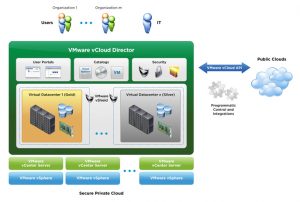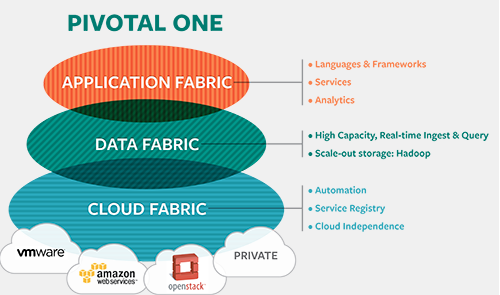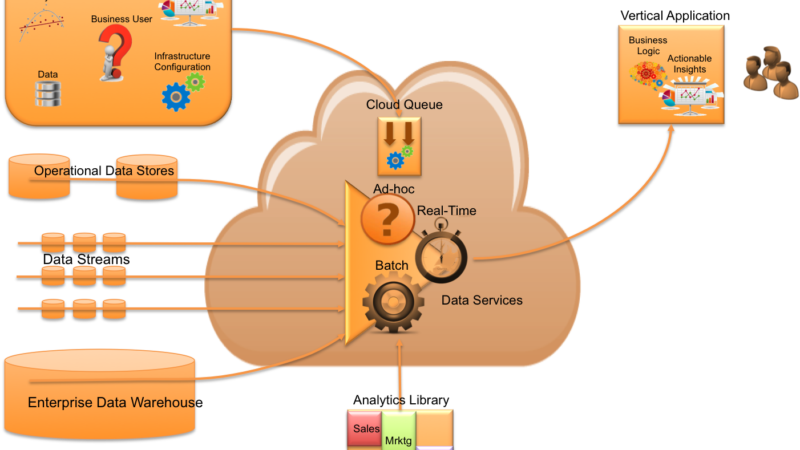VMware Announces vCloud Director
 Steve Herrod, CTO and SVP of R&D, at VMware announced their new offering, vCloud Director, this morning at VMworld 2010.
Steve Herrod, CTO and SVP of R&D, at VMware announced their new offering, vCloud Director, this morning at VMworld 2010.
The “New Infrastructure”, as Steve referred to it as, is a combination of VSphere 4.1 + vCenter + vCloud Director + VShield. However, vCloud Director, isn’t quite what we all had hoped it would be.
According to my meeting with Shane Lowry, engineering manager for the product, the vCloud Director product has come a long way over the last two years (since the project was started), but it still has a long way to go to really provide the industry with something “transformative”.
With over 160 people spread across the globe generating over 500K lines of code to date, the product immediately strikes you as an elegant flex application. But what I wanted to know is what’s behind the aggregation of vCenters into a single console?
According to Shane, the hardest part (or greatest accomplishment) of the development over the last 2 years falls into two areas:
1. Resource Management: The ability to manage cloud resources and VSphere resources by “organization”. In other words, you can obtain a view of virtual resources used by department (e.g. finance, IT, and sales).
2. Security / Networking: The VMs and vApps (collections of VMs) are configured to run on virtual networks which are easily deployed, viewed, and managed. For example, a collection of VMs could be deployed on a vApp network which is further broken down into a “finance internal network” and a “finance managed service provider network”….the first being a private network, and the second a public network.
More to come….I’m still trying to understand what VMware does to assist in the provisioning of network and security on the physical machine?
Other questions I still need to answer is how easy is it to discover, migrate, and manage workloads between the customer’s data center and a managed service provider?
When will we see the results of work done by Jcloud and others to open up vCloud to non-VMware public clouds (like Amazon)?
Can I abstract the application workload from the infrastructure layer with a descriptive language / abstraction layer which enables seamless migration? (aka when do I get access to project ‘Darwin’?)
Lots of unanswered questions….



